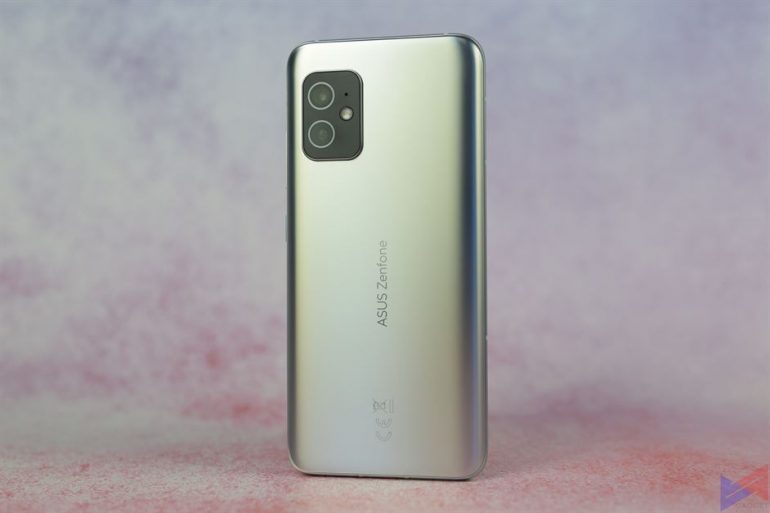Introduction
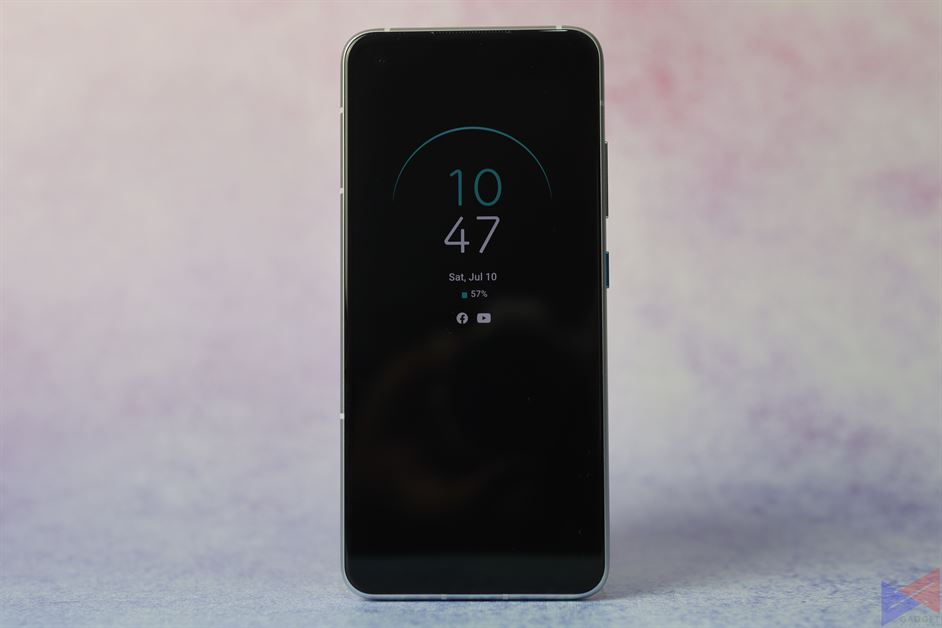
The ASUS ZenFone 8 is a very interesting release, as it marks the return of the compact smartphone – a breath of fresh air in a market where a 6-inch display is already considered small.
The last ASUS ZenFone we had in the Philippines at least officially, was the ZenFone 5, and I though that was a pretty good phone for it’s time. After that however, the company decided to not offer the next iterations and focus on other lines of business.
Don’t be fooled by its size though, as this small phone packs quite an impressive array of hardware and features that puts it up there with the big boys.
Specifications
| Display | 5.9″ FHD+ Samsung E4 AMOLED, 120Hz Refresh Rate, 240Hz Touch Sampling Rate, 1ms Response Time |
| HDR10 and HRD10+ Certified, Gorilla Glass Victus | |
| CPU | Snapdragon 888 5G Mobile Platform |
| RAM | 6GB, 8GB, 16GB LPDDR5 |
| Storage | 128GB/256GB UFS 3.1 |
| Rear Cameras | 64MP Sony IMX686, OIS, Quad-Bayer Technology, 8K Video Recording with EIS |
| 12MP Sony IMX363 Ultra-Wide/Macro 4cm, Dual PDAF, 4K/60fps | |
| OS | ZenUI 8 + Android 11 |
| Battery | 4,000mAh |
| Fast-Charging | 30W |
| Dimensions | 148 x 68.5 x 8.9mm |
| Weight | 169 grams |
| IP Rating | IP68 |
| Speaker | Dual Super Linear Speakers with Dirac HD Sound (7 magnet top speaker, 3 magnet bottom) |
| Powered by dual Cirrus Logic CS35l45 Mono AMP | |
| Microphone | Triple microphones with OZO Audio Zoom and Noise Reduction Technology |
| SRP | PhP34,995 (8GB + 128GB) |
| PhP39,995 (16GB + 256GB) |
Design and Build Quality
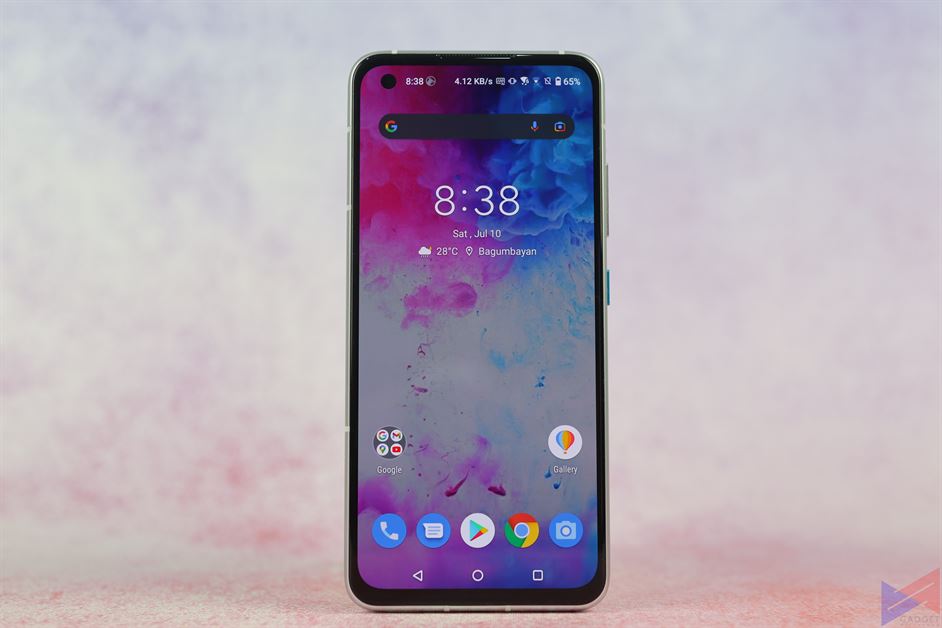
Again, it’s just so refreshing to see an actual compact phone like the ZenFone 8. I miss those days when you can easily hold and use a smartphone with one hand with no issues, which this one does a great job on. It boasts an IP68 rating, which means you can have to confidence to take it on a run on drizzle, the gym, or on your other adventures.

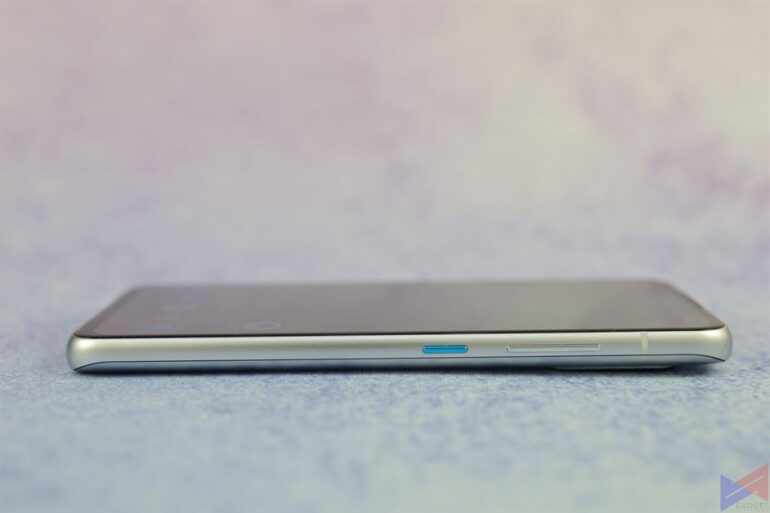
ASUS took on a minimalistic approach to design – with a metallic finish on the back panel with a single logo. The Dual Camera module slightly protrudes, but not on a ridiculous level. As for button placement, both the volume rocker and power button are on the right side.
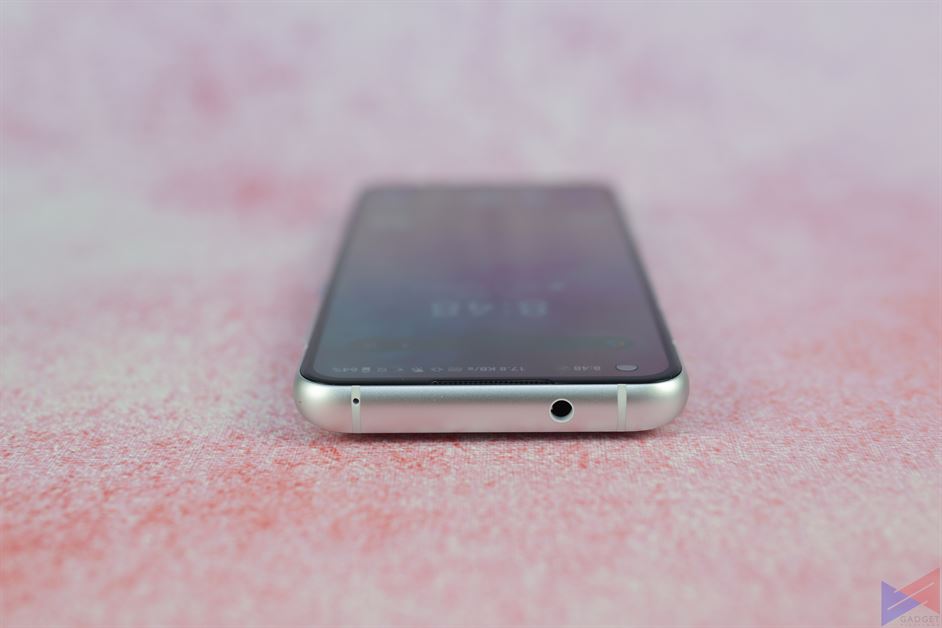
To the delight of users like myself, who prefer to use wired headphones without having to carry a dongle, the ZenFone 8 has a 3.5mm headphone jack at the top.
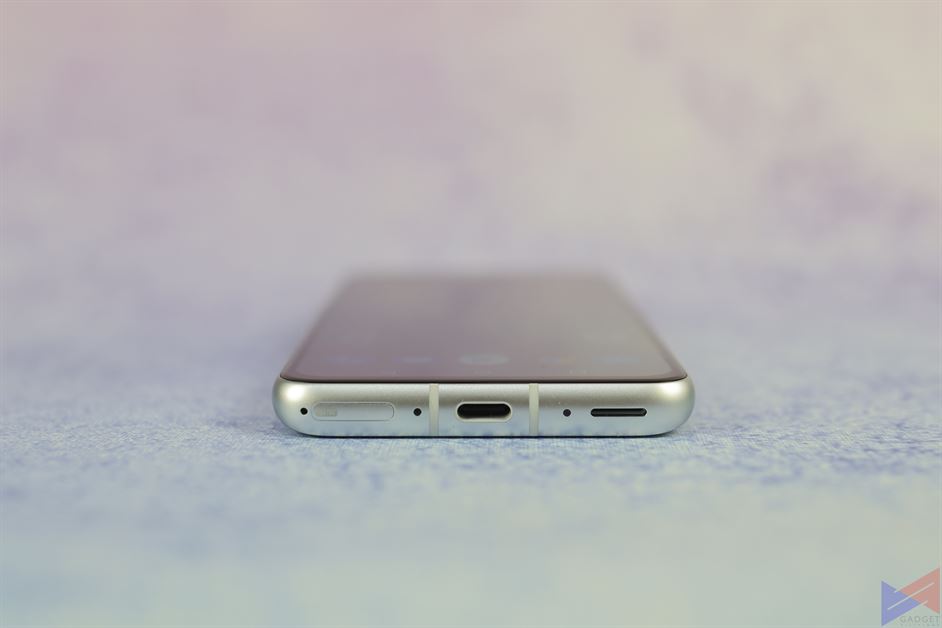
At the bottom is a SIM slot, a USB-C port, a microphone, a speaker grille, and an LED indicator. Though the placement is a bit questionable as you’ll need to be looking at the bottom of the phone to see it, it’s a feature that’s good to have.
Display
The phone’s 5.9-inch display is one of the best I’ve seen. Well, it’s a flagship, so you have to expect that at least. Colors really pop out, text is sharp, and the brightness is excellent. For those who don’t know, Samsung’s E4 AMOLED display delivers improved brightness, contrast ratio, and color accuracy, which makes it ideal for content creators.

Its screen also boasts 120Hz refresh rate, giving you incredibly smooth and fluid animations that you’ll notice even in common tasks like swiping through home screens or scrolling through menus. There is an option to adjust the refresh rate down to 80Hz or 60Hz to save battery, or you can let the phone decide by choosing Auto, which automatically sets the refresh rate depending on what you’re doing. How much battery will you save? we’ll get to that later.

The disadvantage of having a smaller screen is that for one, those with bigger than usual hands, there’s a possibility of accidentally tapping icons other than the one you intend to tap, or unintentionally selecting menu items. Thankfully, you can adjust the size of items on the screen, though that will sometimes cause visual issues in some apps.
Of course, the other is that you don’t get to enjoy content like videos, or even at times, gaming, as much as you would with a bigger screen, where you can truly appreciate those tiny details. It’s less immersive with this screen.
Performance
With a Snapdragon 888 and up to 16GB of LDDR5 RAM, daily performance was no less than excellent. Apps open fast, and run fast. Navigating the menus is smooth and snappy, and multi-tasking is taken care of nicely.


We threw in our usual suite of games, and the ZenFone 8 did not disappoint in delivering a gaming experience in line with what is expected from a flagship device.
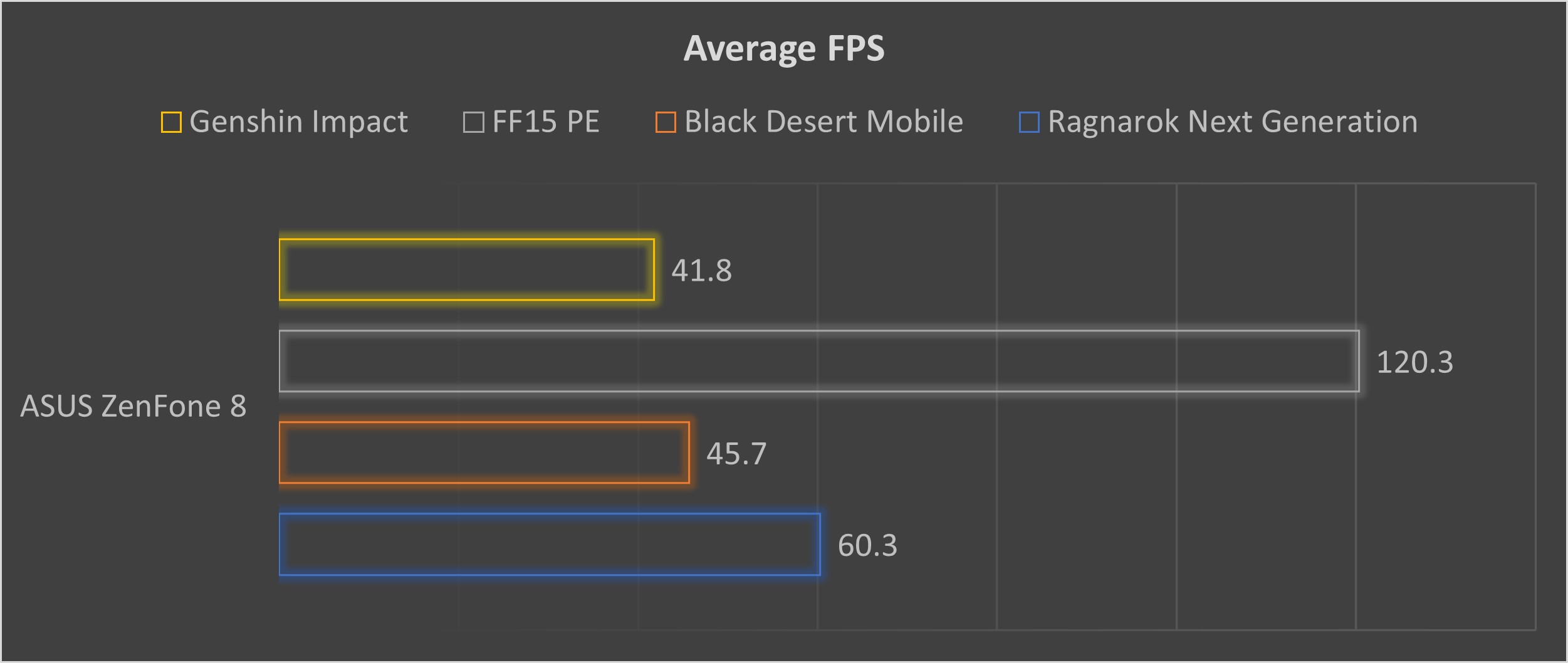

ASUS says that this phone is equipped with heat-pipe cooling to keep thermals in check, and I think that it works well to minimize throttling, but just after a few minutes of playing Genshin Impact, the phone got get really warm – almost to the point that it was uncomfortable. PerfDog, the tool we’re using for benchmarking, shows temperatures reaching almost 60 degrees celsius.
Camera
In a market saturated with phones that pack three, four, or even five cameras at the back, ASUS has given the ZenFone 8 a dual camera solution comprised of a main camera that also works as a telephoto lens, and an ultra-wide unit that also works as a macro lens.






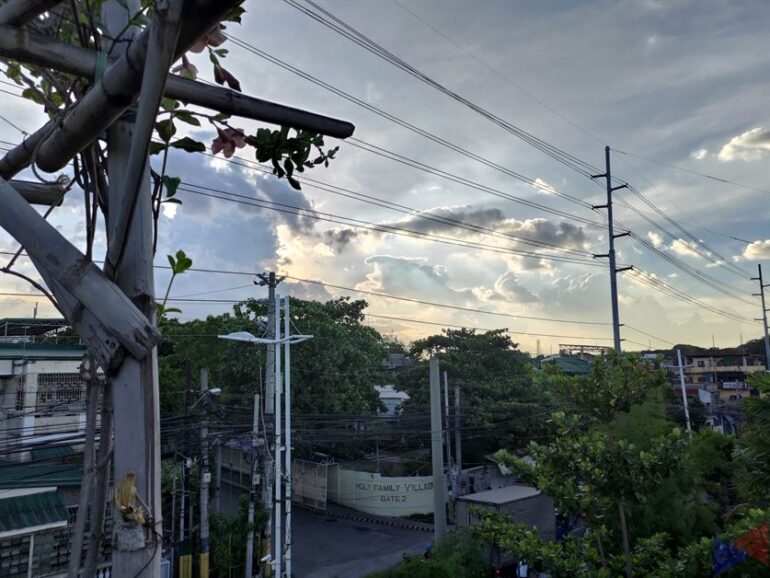




Photos taken by these cameras show good sharpness and exceptional detail. Its portrait mode, in particular impressed me a lot, with how accurate it delivers the depth of field effect, and how much detail and texture it’s able to capture. It also showcases good exposure control.
The only issues I have when using the camera app is that it takes a while – around 5 seconds after a shot to process an image for viewing. This can be annoying when you want to quickly shoot a series of photos.
The ZenFone 8’s 4K 60fps videos can also be stabilized, as shown below.


The phone also impresses with its front camera, taking selfies that show excellent texture and detail, while portrait mode also delivers a well-refined bokeh effect.
Software
ZenUI. It’s one of the more refined takes on Android that I’ve always fancied even back in the days of the ZenFone 3. Now, it’s on the 8th iteration, and it actually looks clean, is smooth, snappy, and featured-packed. Let’s take a look at the notable ones.

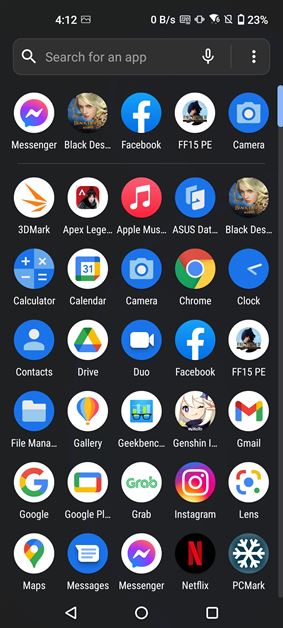
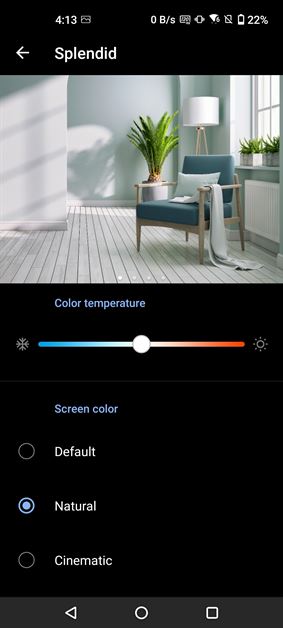
There’s a ton of options that you can adjust for the display. Splendid for example, lets you choose from a set of display profiles, and also lets you adjust the color temperature.
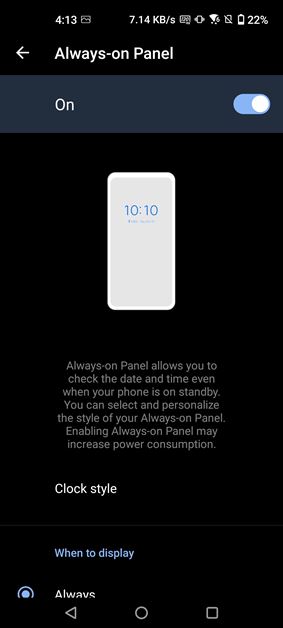

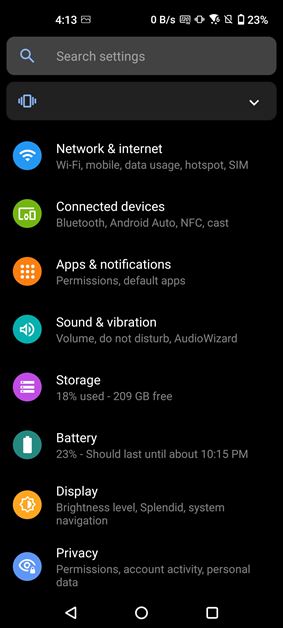
There’s even an option to change the animation speed. Then, you also get an Always On Display, giving you a quick glance at your notifications. The power button can also be remapped to say, open the Google Assistant, or technically, any app you want just by a double press.
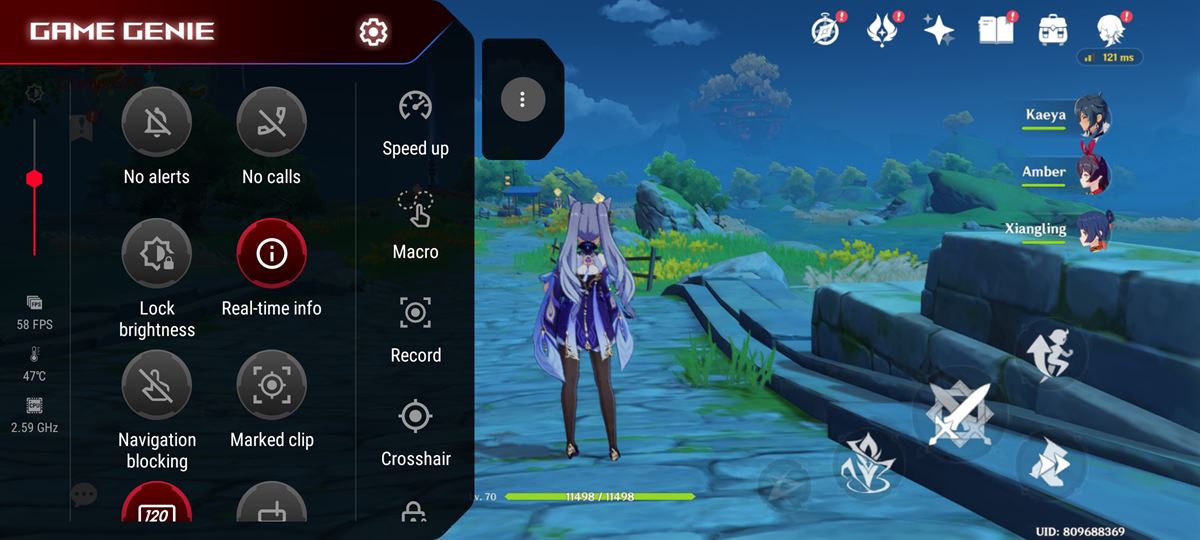
Game Genie is also back. Something you’ll find on the ROG Phone, it lets you prevent notifications from interrupting gameplay, allows you to lock the brightness of the screen, adjust the refresh rate on the fly, create macros, boost the phone’s performance, and many other features.

You can also initiate screen recording, enable a crosshair on screen, and temporarily disable the touch capability of the screen. It even lets you display real-time information such as FPS, CPU and GPU usage, and temperature via an HUD.
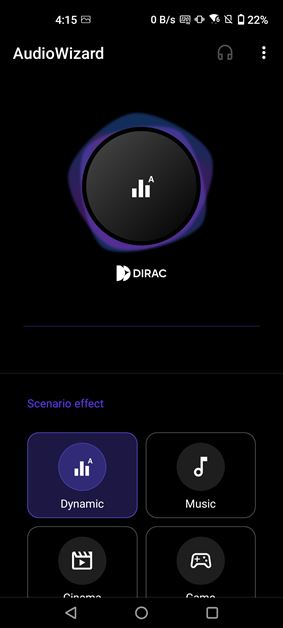

Lastly, there’s Audio Wizard, which is easily one of my favorite features. It lets you select from several audio profiles to suit what you’re listening to, or you can just let the phone decide by choosing Dynamic. There’s also an equalizer that you can get the exact sound signature that you want, as well as sliders for bass and treble.
Sound
Rarely do I write anything about a phone’s speaker or the audio experience as a whole, but the ZenFone 8’s speakers are so good that I just had to. It’s most likely thanks to that Cirrus Logic Mono AMP.

The low-end is impactful, and packs the right amount of punch for a phone speaker. Enough for me to slightly bang my head when listening to upbeat tracks. Vocals exhibit decent clarity without becoming piercing. The treble is just right, not too sharp, but not too relaxed as well.
This thing can go loud without distortion, which is impressive. In fact, I’ve used it several times in lieu of a portable speaker for sleep. It’s that good.
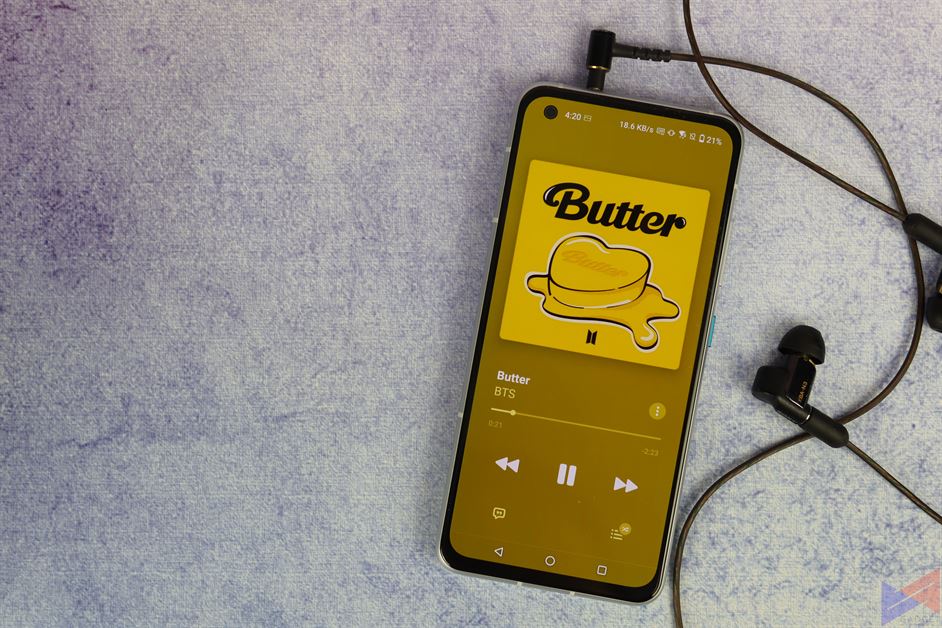
As impressive as its speakers are, the ZenFone 8 is also equipped with a headphone jack that uses a Qualcomm Aqstic DAC, which delivers fantastic sound quality when using a decent pair of headphones.
Battery

Using PCMark’s new Work 3.0 benchmark which simulates tasks like basic video editing and data manipulation, the ASUS ZenFone 8 managed to churn out the following numbers. To see how much battery drain the high refresh rate does, we tested the phone on fixed 120Hz and 60Hz.
| Refresh Rate | System Mode | Result |
|---|---|---|
| 60Hz | Dynamic | 12h 20m |
| 120Hz | Dynamic | 9h 27m |
Using the same System Mode, the ZenFone 8 was able to churn around 3 hours more uptime running the test at a fixed refresh rate of 60Hz compared to when it’s set to 120Hz. If you’re using Auto refresh rate, you’ll probably get through a full day of light to moderate usage before having to charge.

Charging time from zero to full takes just a little past an hour using the charger that came with the box. Sadly, there’s no wireless charging, which could be a big deal for some.
Verdict
The ASUS ZenFone 8 establishes a strong identity – a device that disrupts a market where big and powerful has been the game. It also boasts adaptive and capable cameras, a feature packed and well-optimized take on Android, and is one of the better sounding phones when on speakers.
On the flip side, there’s the long processing time to view a photo that’s just been taken, the less than impressive battery life when using the high refresh rate, and that it can get extremely warm when playing games to the point that it’s almost uncomfortable.
Having said all those, I think that its pros outweigh its cons. The ASUS ZenFone 8 marks a strong return for ASUS. It’s not for everyone, but those who prefer a compact smartphone that delivers flagship performance and features will be very delighted.
Emman has been writing technical and feature articles since 2010. Prior to this, he became one of the instructors at Asia Pacific College in 2008, and eventually landed a job as Business Analyst and Technical Writer at Integrated Open Source Solutions for almost 3 years.

